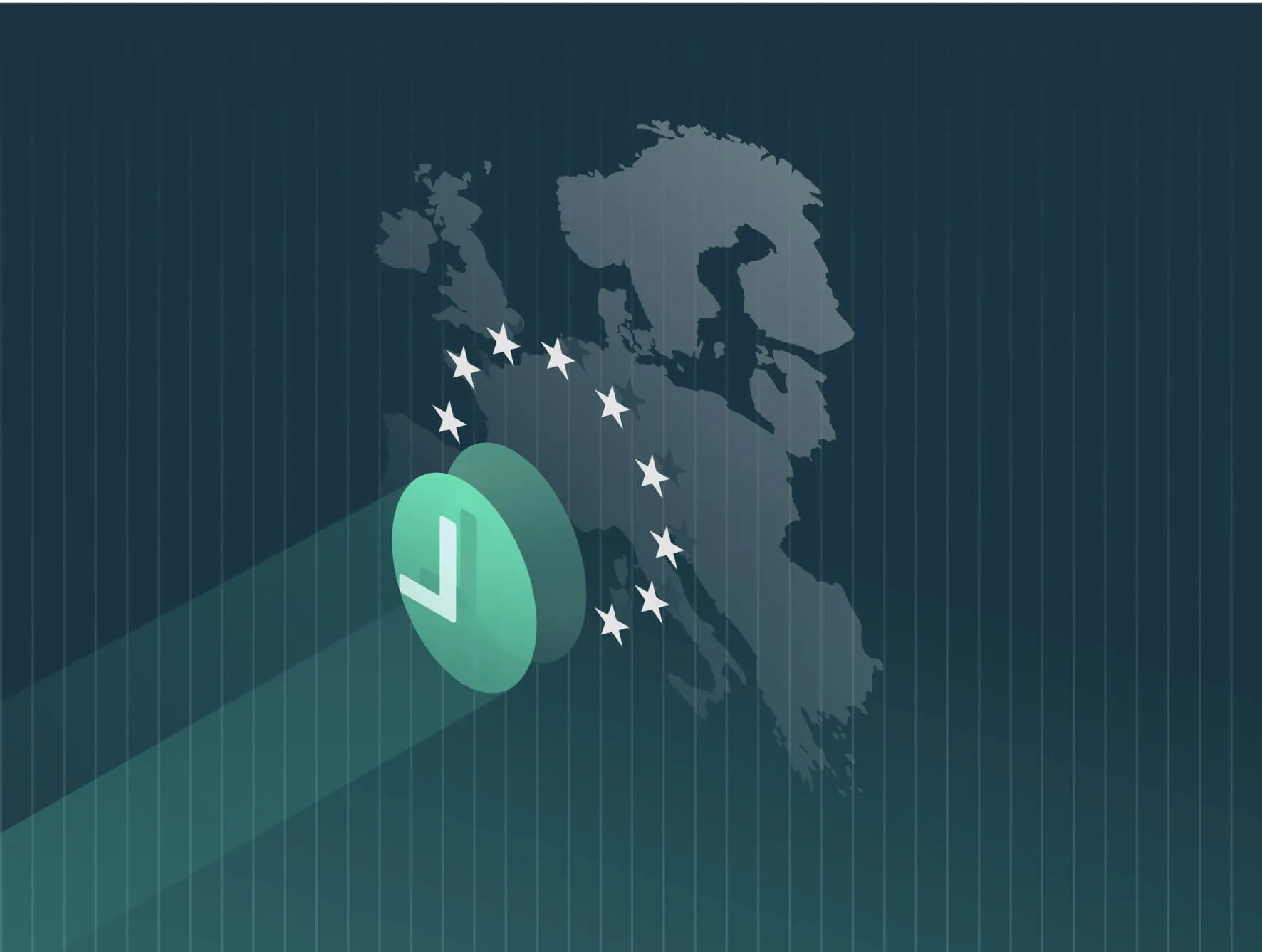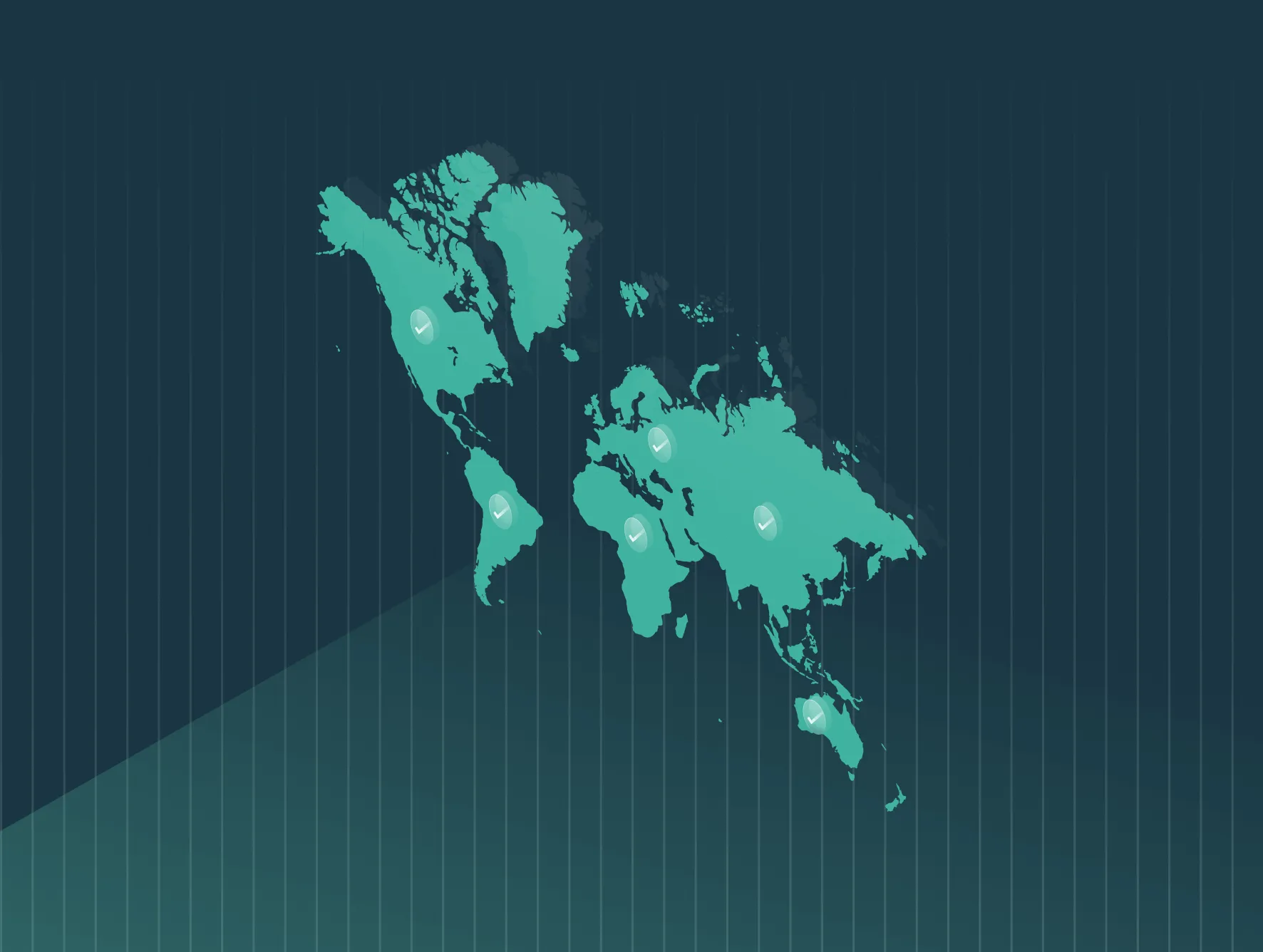Equal pay for equal work, or ‘pay equity,’ has been the law since 1963. Yet, despite the now 60-year-old law, and others like the State Civil Services Act, gender and race/ethnicity pay discrimination still remains.
In 2022, women still earn 82 cents for every $1 men earn, according to the Bureau of Labor Statistics. The gap widens when you add race, with Black women facing the largest overall cents-on-the-dollar wage gap, according to the National Partnership for Women and Families. Clearly, more work needs to be done to make pay equity for all working people a reality.
Group under-representation is another barrier to employee equality. Fortunately, states like California, are continuously looking for ways to achieve pay equity in the workplace. Most recently the state adopted AB 316 into law.
The new law adds requirements to improve pay equity and inclusion for state employees. It will drive change in California state agencies and the Department of Human Resources.
State agencies must create recruiting and retention plans
California state agencies were already mandated by the State Civil Services Act to develop, implement, and update an equal opportunity plan annually. At a minimum, the plan must identify the areas of significant underutilization of specific groups based on gender and race/ethnicity within each department by job category and level.
It must also contain an equal employment opportunity analysis of all job categories and levels within the hiring jurisdiction. Plus, it must include an explanation and specific actions to remove any non-job-related employment barriers.
Now, under the new AB 316 law, each California state agency must create an additional plan for recruiting and retaining employees in underrepresented groups. The plan must be completed and submitted to the California Department of Human Resources (CDHR) for review and feedback. Depending on how the plan is received by the CDHR, the organization may need to revise it and put it in place before January 1, 2024.
After that, the plan will be reviewed, evaluated, and revised every two years to align with current data on the underutilization of groups. Included in these reports will be sensitive employee information relating to job category and department level while including demographic information such as gender and race/ethnicity.
The goal of this bi-annual state agency reporting is to identify instances of wage discrimination. Numerous reports, including one most recently issued by the National Academies of Sciences, Engineering, and Medicine, show that by requiring organizations to submit pay data and related class information, government agencies can more efficiently identify and prevent pay inequity.
AB 316 is two-fold
Not only does California’s AB 316 law require bi-annual reporting for government agencies, but it also requires evaluation of said reports by the CDHR.
The CDHR already has an established mandate to evaluate all classifications in the state civil service Personnel Classification Plan (PCP). PCPs are used to systematically group jobs into standard classifications. It is done by grouping jobs with the same or similar duties, responsibilities, and requirements.
Under existing law, the CDHR must also review and analyze all data regarding setting salaries for jobs from every state agency.
Now, under AB 316, however, the evaluation requirements expand for state civil service classifications in the PCP. The CDHR must prepare a detailed underrepresentation report on women and minorities based on the submissions provided by state agencies. The goal is to identify instances of underrepresentation as well as pay inequity.
The CDHR must include classification details for gender and ethnicity pay equity also before January 1, 2024.
California doubles down on pay equity
The new pay equity reporting obligations set forth under California AB 316 come on the heels of the state’s groundbreaking pay transparency law, SB 1162, which impacts organizations across the country. Among the requirements include mean and median pay data reporting on employees at the intersection of gender and race/ethnicity.
It’s clear that with these new pay equity laws set to take effect over the next year that California is once again leading the way in fair pay. Both state agencies and organizations have their work cut out for them. Completing these detailed pay data requirements will take a lot of time. Fortunately, there are tools designed specifically for these types of projects.
Trusaic’s PayParity software enables organizations to eliminate pay disparities and prevent pay inequity from ever occurring by conducting a pay equity audit across your workforce at the intersection of gender and race/ethnicity.
With PayParity, state agencies and organizations alike can understand their workforce composition before submitting reports for evaluation. Schedule a demo with one of our pay equity experts now to see how it can help you.









